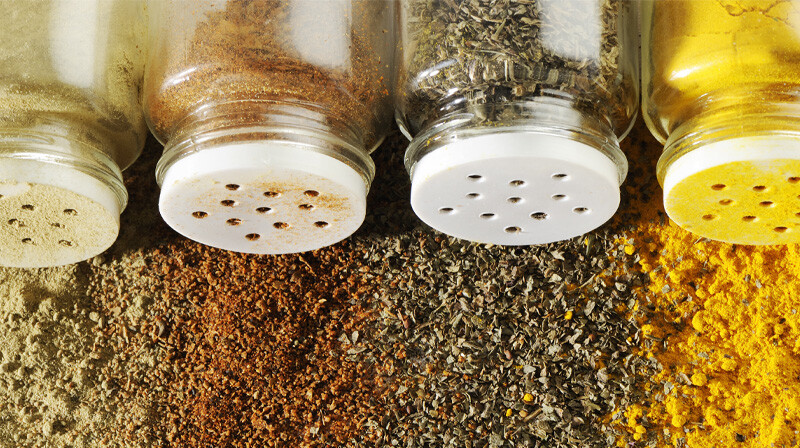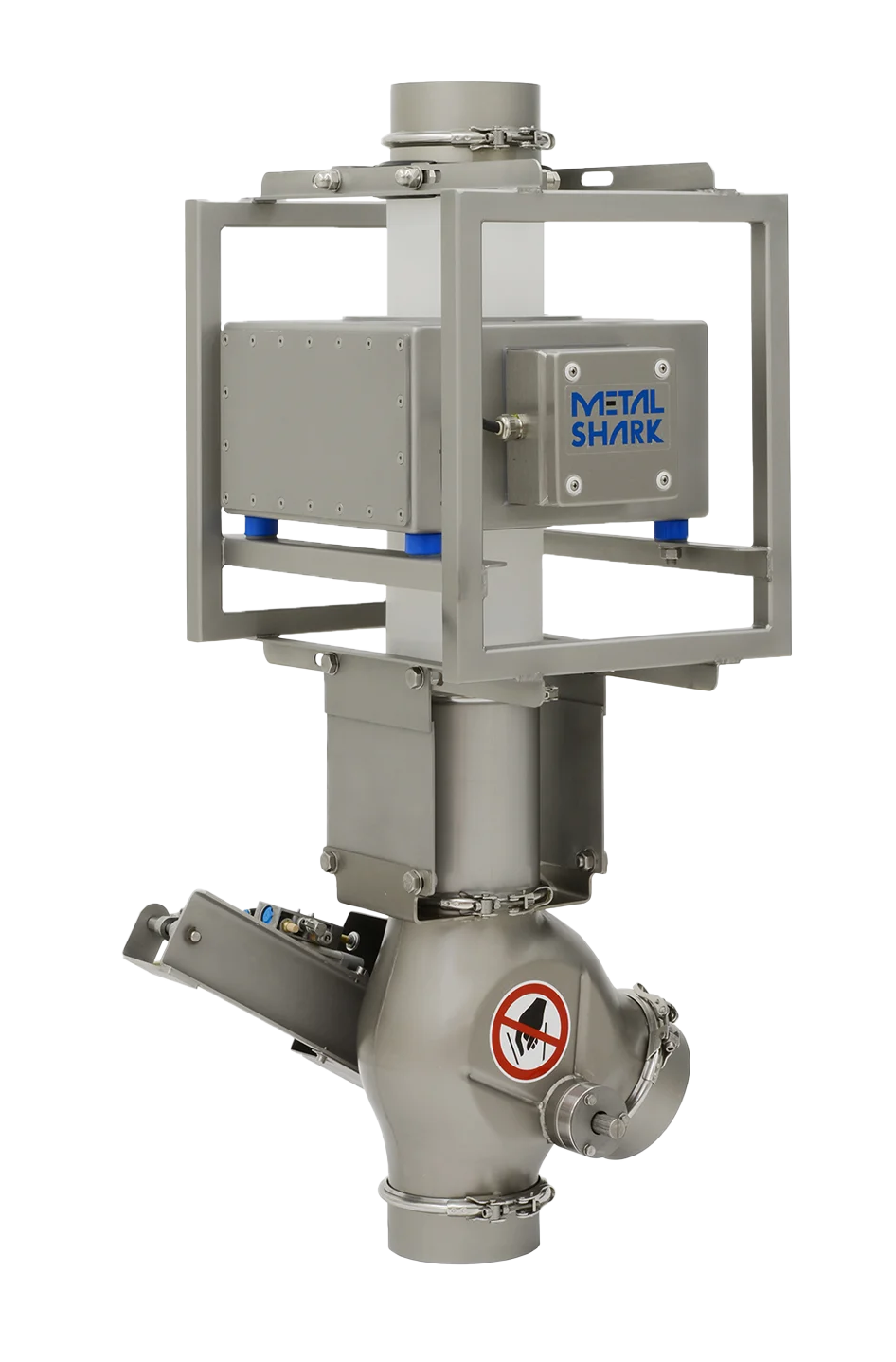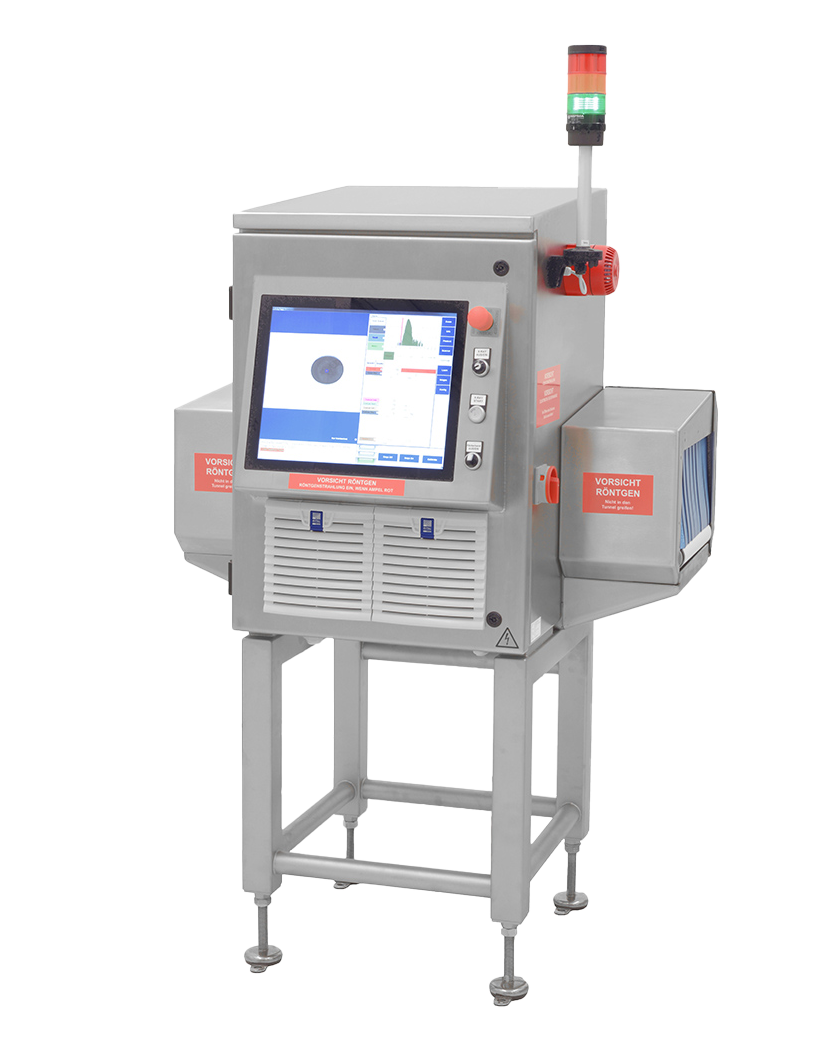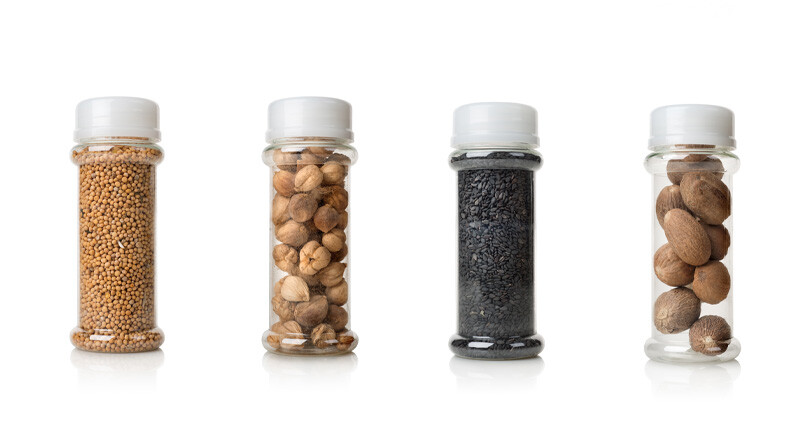Spice and Seasoning Reliable inspection to ensure product quality and safety.
Spice and Seasoning Contaminants Inspection
From allspice to za’atar, spices and seasonings transform food from the nutrition we need to live into cultural and culinary experiences we can’t live without.
Whether you’re packing shaker bottles for personal pantries or super sacks for industrial production, physical contaminant inspection is crucial for maintaining product quality, consumer safety, and brand reputation.
CASSEL Inspection is a global resource for inspection system solutions tailored to overcome the unique challenges of commercial spice production.
Physical contaminant inspection systems empower processors to ensure the highest quality of their spices and seasoning blends and avoid product recalls that could lead to financial and reputational damages.

Spice and Seasonings Inspection: Why Do Brands Need It?
Growing numbers of consumers are cooking at home, trying new flavor combinations, discovering ethnic cuisines, and exploring purported health benefits of spices and herbs. The global spices and seasonings market is projected to increase from $23.5 billion USD in 2023 to approximately $42.9 billion USD by 2033 (Market.US).

Implementing contaminant inspection systems helps processors improve production systems and enhance key product elements, including,
- Product quality
- Consumer safety
- Regulatory compliance
- Cost efficiency
- Brand integrity
Variations in material size, texture, density, high dusting, processing volumes, and packaging configurations and materials elevate the difficulty of identifying physical contaminants in spice products. Therefore, spice manufacturers must utilize inspection systems designed to be seamless yet powerful additions to any safety, quality, HACCP, and GMP programs.
How is Metal Detection Used in the Spice and Seasonings Industry?
Adaptable to almost any point in a harvesting, production, or packaging process, metal detection is most effectively used at multiple critical control points to provide initial, ongoing, and final safety checks.
- Confirming raw materials are free of foreign materials introduced during harvesting, storage, or transportation.
- Removing foreign materials introduced during processing steps such as sorting, grinding, and packaging.
- Inspecting filled and sealed packages, pouches, or bottles to verify product safety and quality prior to shipping.

Bulk Ingredient Inspection
Specially configured metal detectors can inspect bulk raw spices before moving on to sorting and grinding processes. While less material passing through a detector allows for higher sensitivity inspection, advanced metal detection systems can be designed to meet throughput requirements without sacrificing accuracy or reliability.
- Gravity feed, or drop-through metal detectors can continuously inspect free-flowing powders and reject material containing metal contaminants.
- Conveyor belt metal detectors can inspect bulk-flowing materials in widely varying volumes.
Learn more about how conveyor belt metal detectors and gravity-feed metal detectors work to reduce contaminants in bulk ingredients.
Final Inspection
Post-packaging inspection is critical for validating upstream quality and safety programs by identifying physical contaminants resulting from processing or packaging activities. Additionally, eliminating any foreign materials in primary and secondary packaging containers ensures that finished products are free of physical contaminants as they leave your facility.
Looking for impurities in finished packages? A conveyor belt inspection machine might be a perfect choice.
Metal Detectors for the Spice and Seasoning Industry
CASSEL Inspection delivers tailored inspection solutions for spice and seasoning manufacturers, ensuring product quality and consumer safety at every production stage, from raw ingredients to final packaging. This helps prevent costly recalls and protects brand reputation.
In addition, CASSEL offers a variety of metal detection inspection systems for practically every application and industry. Discover our portfolio of advanced inspection systems designed to improve manufacturer's quality assurance protocol.

How Is X-ray Inspection Used in Spice and Seasoning Manufacturing?
X-ray inspection provides solutions to several challenges unique to the spice industry.
Spices sourced from agricultural environments may be inspected by passing through an X-ray system to identify field-related contaminants, including metal and non-metallic materials such as stones, rocks, or glass.
Spice and seasoning products are frequently packaged in metalized pouches, glass bottles with metal caps, or plastic bottles capped with metalized induction-seal liners, all of which interfere with metal detection systems. X-ray inspection is well suited for metallic packaging because it relies on detecting contaminants due to their much higher densities as compared to the product being inspected.

Raw Ingredients
Agricultural products are especially susceptible to contamination from harvesting, storage, and shipping.
X-ray inspection of raw materials identifies and eliminates hazardous contaminants, such as stone, glass, ceramic, and metal, providing product and process benefits.
- Ensuring product quality and safety
- Preventing equipment damage
- Minimizing downtime
- Improving cost efficiency by eliminating rejection-related costs, including wasted production time, ingredients, packaging materials, and rework
Confirm Product Packaging
X-ray inspection systems can be designed with sideview (or sideshoot) technology, which inspects packages from the side and facilitates inspection of products in upright bottles.
In addition to identifying contaminants, sideview X-ray inspection provides analysis of fill level, ensuring that each container meets consumer expectations for “looking full.” This approach can be as effective as checkweighing to confirm compliance with fill requirements.
Processors can also utilize custom X-ray programs to confirm product packaging by identifying abnormalities in packaging configuration, seal or closure integrity, and product package counts (secondary packaging).
X-ray Inspection Equipment for the Spice and Seasoning Industry
As with our metal detection systems, CASSEL Inspection has X-ray systems for a variety of applications and industries. Discover our X-ray inspection portfolio, all designed to take your quality assurance protocol to the next level.

How Are Checkweighers Used in the Spice and Seasonings Market?
Checkweighers ensure regulatory compliance and maintain consumer acceptance by continuously measuring product weights and removing any packages that are outside the acceptable weight range.
Checkweighers mitigate the risk of FDA action for misbranding (underweight) and avoid the costs of giveaway (overweight). Checkweigher data can also alert processors to process issues.
- Variations in product weight could indicate failures in raw material monitoring: moisture, density, uniformity, or purity.
- Rejections for being outside of a specified weight range could indicate issues with filling systems.
- Overweight rejections of primary packages could result from filling issues or foreign body contamination.
- Secondary packaging rejection for being overweight could indicate that a carton contains too many primary packages or a foreign object.

Why Choose CASSEL Inspection?
CASSEL Inspection has provided customized contaminant inspection solutions for the food industry for over 30 years.
As the ideal resource for overcoming the challenges of physical contaminant inspection for spices and seasonings, CASSEL Inspection systems provide:
- Password-protected internet connections
- Secure internal control and monitoring systems
- Remote-access software to streamline technical support
- Reliable, durable systems that function continuously as designed
If you have questions about contaminant inspection for spice and seasoning products, contact one of our technical experts today.



